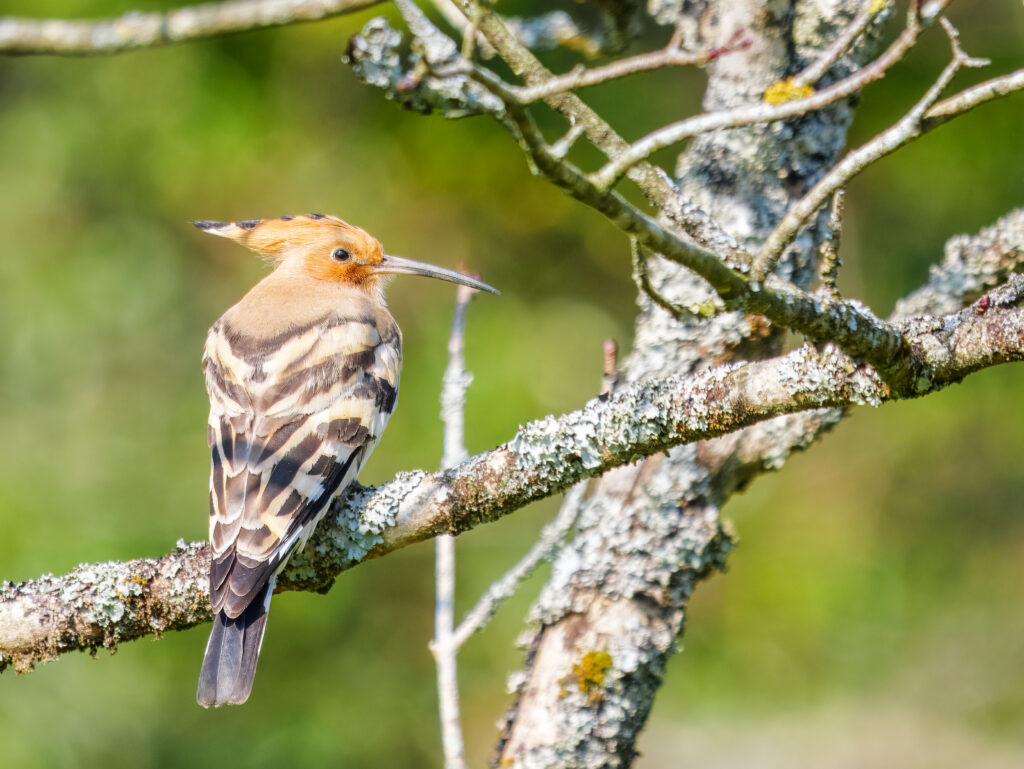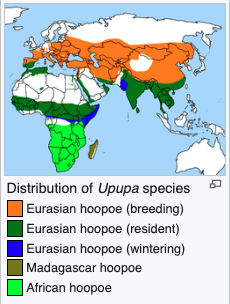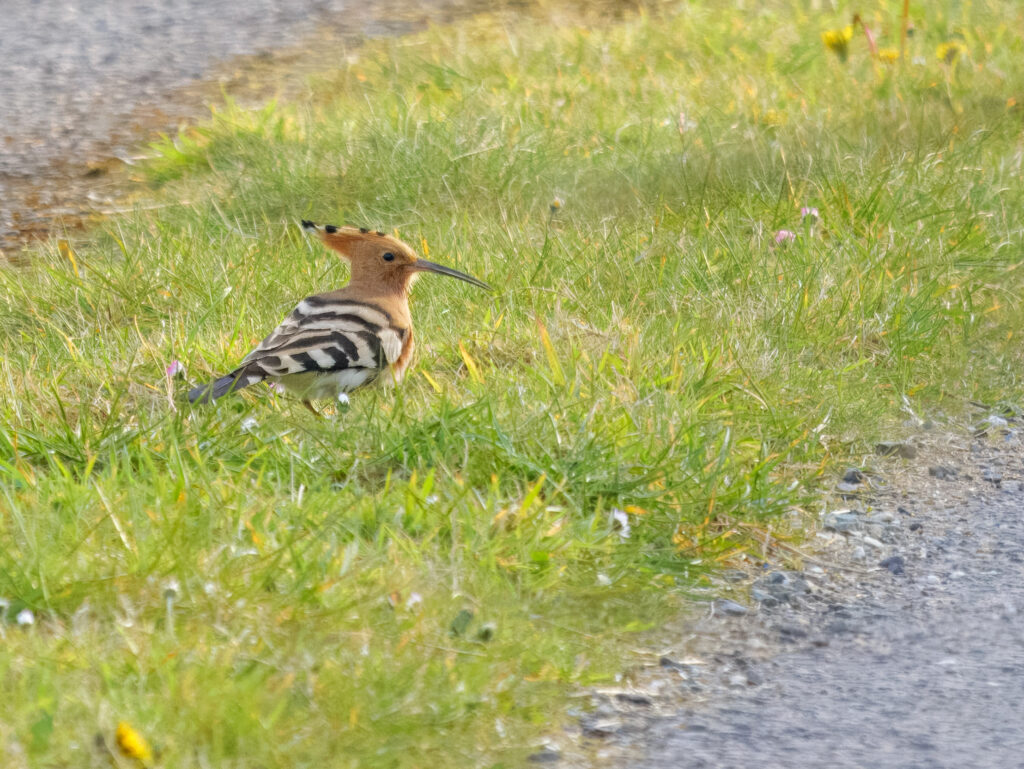Over the last couple of weeks a truly remarkable bird has been making headlines in the national press across Ireland. The Eurasian Hoopoe (Upupa epops), has been turning up in unprecedented numbers this spring, particularly along the south coast, making this the best opportunity ever to catch a glimpse of this exotic visitor.
Eurasian Hoopoe is a migratory species that breeds across much of continental Europe and Asia, with the most northerly breeders overwintering further south. Every spring we get a few individuals that accidentally overshoot their intended destination of their breeding grounds on the Iberian peninsula or France, and arrive on the Irish south coast, much to the delight of local birdwatchers.


This year, it seems a combination of persistent high pressure and steady south-easterly winds have resulted in far more birds than usual continuing beyond their intended destination and arriving here in Ireland. The first birds were reported in late March, with the influx continuing through the first, and now into the second week of April. The last major Hoopoe influx in Ireland was back in 2015, when more than 45 birds were reported over the spring… this time around the figure is well over 100 birds and climbing.
It is worth re-iterating that the birds we see in Ireland are the migratory Eurasian Hoopoe (Upupa epops), not, as has been widely reported across several media outlets in recent days, the African Hoopoe (Upupa africana), which is a resident, largely sedentary bird that occurs across most of sub-saharan Africa.
The Hoopoe is a curious-looking bird about the size of a Blackbird, with striking cinnamon plumage augmented with vivid black-and-white stripes and a spectacular crest on its crown. In flight its broad, fingered wings flash black and white in a distinctive, almost fluttering, butterfly-like motion. Hoopoes spend most of their time foraging on the ground in short grass, where they probe for grubs and worms with their long, fine curved bills.

One of at least five Hoopoes to turn up at Galley Head in West Cork in April 2025
The sheer scale of the influx this spring, with many birds being seen in groups of two, three or even more birds, has led to speculation some might pair up and stay to breed. While the prospect of the first breeding record for the species in Ireland is a tantalising one, it is highly likely that most if not all of these exotic interlopers will rest and feed up for a while, before heading back to their usual breeding grounds on the continent.